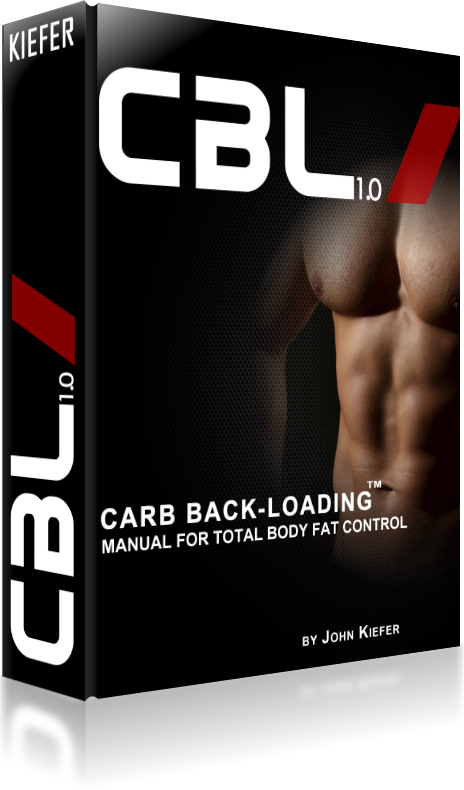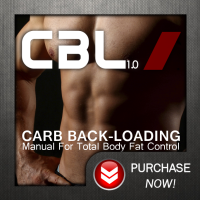When women don’t want to get pregnant, they typically visit the doctor and get on a birth control regimen. Like most women, I did this when I first got married. What I didn’t do, however—and what most women don’t do—was research the effects this would have on my body. It didn’t occur to me to try to learn more, so I simply did what my doctor ordered me to do without investigating any further. This was my first mistake.
I didn’t stay on birth control for very long because my menstrual cycle kept stopping every 2-3 months. This still happened even after I lowered the dosage. After going through that experience, I haven’t been on it since.
Years later, a good friend of mine was struggling to get pregnant. She’d been on birth control for years throughout high school and college—like me, without doing any research regarding what it would do to her. When she and her husband decided to start a family, she stopped her birth control regimen, but she couldn’t get pregnant for over a year. I watched this entire process unfold, and realized, through my experience and hers, that there was more to this process than meets the eye.
As a trainer and strength coach, I’m now in a position that profoundly affects the results women get from their training and nutrition—and I’ve seen, time after time, that women focus strictly on diet and exercise to the exclusion of other factors, like birth control, that consistently come into play when we have goals we want to achieve.
If you’re a woman who trains hard, or you’re a trainer who works with women, there are some things you need to think about with regard to this. Some of you train hard and eat properly without even coming close to getting the body composition results you want. For others, maybe your program worked well for a while, but you’ve stalled out and can’t get things moving again. Maybe things change from month to month, and there’s no consistency to what you’re doing. If any of this applies to you, or to your clients, there are some things you should know.
There are two main types of birth control*:
1. ESTROGEN-BASED: This is typically a combination of estrogen and progestin, and it comes in patch, ring, and pill form. One unfortunate drawback of this type of birth control is that it can cause fat gain in the hips and butt.
2. PROGESTIN: This is a synthetic progesterone administered in mini-pill form and through injections. There’s good news and bad news here. The bad news? Progestin can cause whole-body fat retention. It can, however, give you larger breasts.
* Birth control pills are in and out of your system quickly, which is why you need to take them on a daily basis. Progesterone shots can have a half-life of anywhere from one to four weeks.
So why do these forms of birth control cause women to retain so much body fat? Because when you take birth control, your body responds accordingly. Either your ovaries stop ovulating or the environment is unfit to implant the eggs appropriately. This essentially makes your body think you’re pregnant, and it reacts by preparing to incubate. When it’s in this state, your body is going to need extra nutrients—read: extra fat—for proper development of your “baby.”
Estrogen and progesterone levels are highest at the point of ovulation—which falls around day fourteen of a menstrual cycle. They’ll fall over the next two weeks, and they’re at their lowest when menstruation begins. Research has shown that estrogen reduces the rate at which carbohydrates are utilized during exercise—but that it increases fat burning (also during exercise). High estrogen levels—as demonstrated during the latter fourteen days of the cycle—may also increase your body’s ability to store glycogen in your muscles.

If you do forget your birth control, you can practice Bret Contreras’ newest glute movement, Baby-bell Swings.
How does this affect Carb Back-Loading? Well, this is where Kiefer comes in. “If you’re using estrogen-based contraceptives,” he told me, “you should focus on high-volume training sessions taken to failure. Since elevated estrogen levels are anti-catabolic, they preserve muscle tissue and cause a shift to a predominantly fat-burning metabolism, so you need to really push in the gym to force the use of glycogen reserves during your training sessions.
“This is also when you want to focus on intense HIIT cycles, using a 1-minute-easy:30-second-sprint cycle for 6-10 cycles. This helps to mobilize glycogen stores and increase fatty-acid mobilization. Back-loads on this type of birth control need to be very controlled, and you’re not going to get away with eating carbs every night. You’re better off cycling them to after every other training session. For example, if you train Mon-Tue-Thu-Fri, then back-load on Monday and Thursday in week one, then back-load on Tuesday and Friday in week two.
“Honestly, if you choose to use this type of birth control for a long period of time, you should utilize Carb Nite, or cycle between Carb Back-Loading and Carb Nite. Try four weeks on Carb Back-Loading, then 2-4 weeks of Carb Nite.
“For the progesterone-based birth control options, you’ll want to perform lower-volume training as laid out in the free Shockwave Protocol Manual, or a similar low-volume—but not low-intensity—program. Progesterone is actually catabolic, so you need to be very cognizant of your training loads and rest. Also, progesterone allows carbs to be utilized more effectively, so this is when you’d want to add HIIT in cycles of 4 min:30 sec or 4 min:1 min at the end of your resistance training. Back-loads while on these cycles can be more frequent, but they still need to be controlled.”
For women, birth control seems to be a necessary evil, but you need to know that it can definitely affect your fat loss goals. Continue to train and eat the right way, and you may be able to avoid putting on extra body fat while you’re on it. Getting it off, however, is always going to be a challenge while on birth control if you have any desire to keep substantial carbs in your diet.
Listen to Julia Ladewski’s experience with Carb Back-Loading: “it’s not a new diet, it’s a new life.”
Feature Image By: MrGobi










Recent Comments